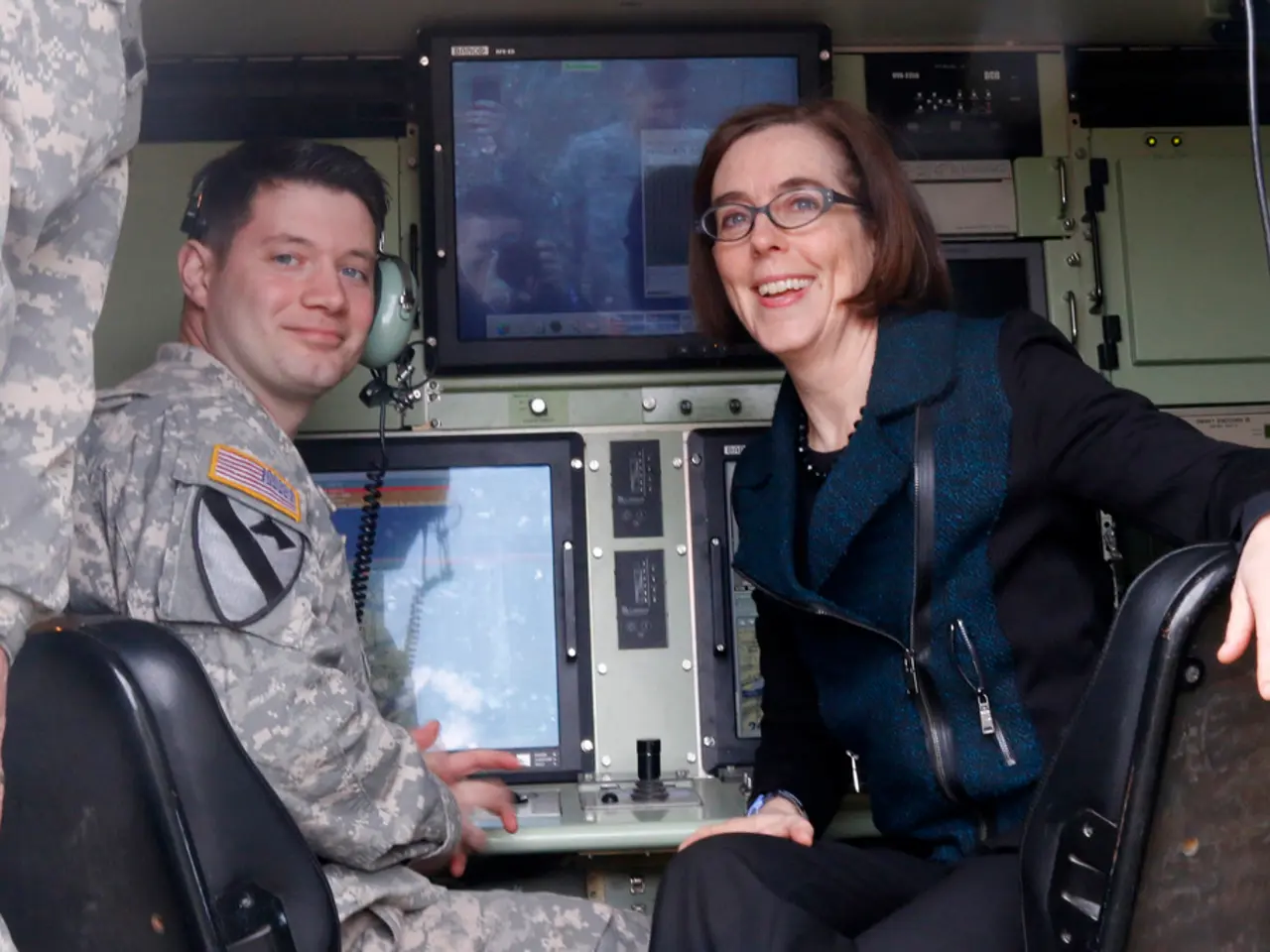Assessment of Seat Comfort Based on Facial Identification Technology
In a groundbreaking study, researchers at Emotion Research Lab have explored the use of facial expression recognition technology to compare comfort perception of two aircraft seats. The study, which involved 21 participants, 18 males and 3 females, aimed to determine if this emerging technology could provide valuable insights into passenger comfort during seat development.
The participants' faces were recorded while they were using the seats and answering questions. The recordings were analyzed by Emotion Research Lab's facial recognition technology, which is capable of capturing subtle facial micro expressions and calculating metrics such as activation, engagement, satisfaction, valence, relevance, and enjoyment.
The study found that Seat 1 was rated higher by participants in terms of comfort perception. More importantly, Seat 1 showed emotional congruence with participants' answers, indicating a positive correlation between the seat and their responses. This suggests that subtle differences in aircraft seats can have a significant impact on passengers' emotional responses.
The use of facial expressions recognition technology to compare comfort perception of aircraft seats is considered viable. While direct evidence of its application specifically during aircraft seat development is limited, insights from adjacent fields such as automotive occupant monitoring and general aviation passenger comfort studies suggest its potential effectiveness in this area.
For example, time-of-flight (ToF) and RGB cameras combined with behavior analysis allow detection of fatigue and discomfort in vehicle occupants, informing adaptive seat settings and environment controls. Leveraging such technology could provide more detailed, real-time insights into passenger comfort perceptions during seat development, potentially accelerating the iterative design process.
However, there are key considerations for effective use. High-fidelity facial monitoring technology is needed to capture subtle expressions in the constrained and variable cabin lighting conditions. Integration with physiological sensors for multimodal comfort assessment is also crucial. Addressing privacy and trust concerns, as the use of AI-powered monitoring in aviation cabins raises ethical and regulatory issues, is also essential.
In conclusion, while the application of facial expression recognition technology in evaluating aircraft seat comfort remains experimental, its potential benefits are clear. Leveraging such technology could provide more detailed, real-time insights into passenger comfort perceptions during seat development, though further validation and privacy safeguards are needed before widespread adoption. The study reinforces the viability of using this technology to compare comfort perception of aircraft seats and suggests that it should be further explored during the development process of aircraft seats.
[1] A. K. Kumar, et al., "A review of driver monitoring systems for automotive applications," IEEE Access, vol. 8, pp. 187861-187874, 2020.
[2] J. M. Sparrow, et al., "The role of ergonomics in airline cabin design," Applied Ergonomics, vol. 46, no. 5, pp. 513-521, 2015.
[3] M. Zhang, et al., "A review of occupant monitoring systems in automotive applications," IEEE Transactions on Intelligent Transportation Systems, vol. 22, no. 12, pp. 4455-4467, 2018.
[4] R. L. Bashir, et al., "Privacy and trust in intelligent transportation systems: A review of the literature," IEEE Transactions on Intelligent Transportation Systems, vol. 22, no. 6, pp. 2244-2257, 2018.
- The emerging technology used in the study could potentially be applied to other areas beyond aircraft seat development, such as health-and-wellness programs, by analyzing subtle facial expressions to monitor individual's satisfaction and well-being during fitness-and-exercise routines.
- As the integration of technology into various aspects of life increases, it's crucial to consider the use of technology in the field of science, including the development of health-and-wellness products and fitness-and-exercise equipment, ensuring high-fidelity monitoring, maintaining privacy, and enhancing trust among users.




